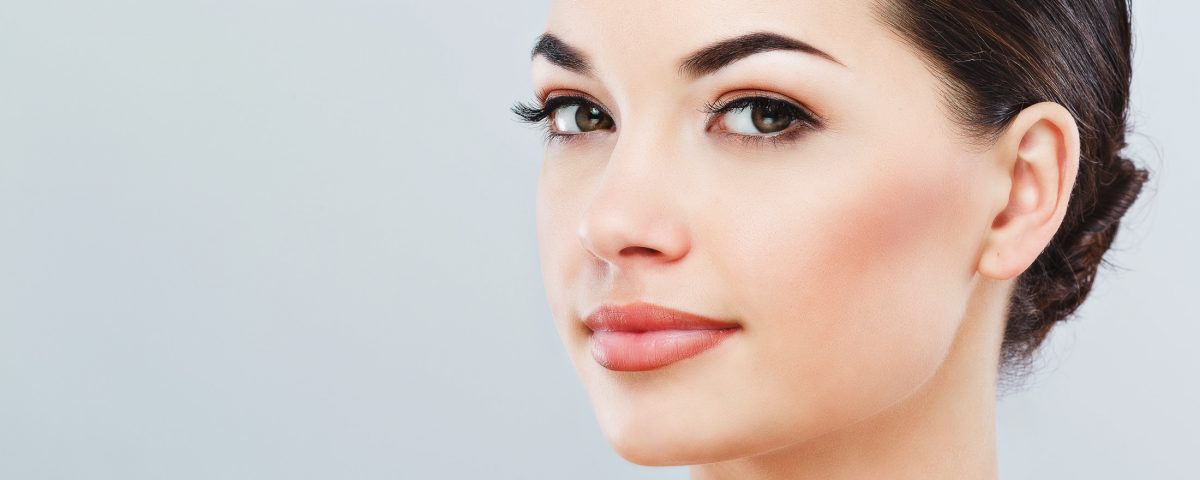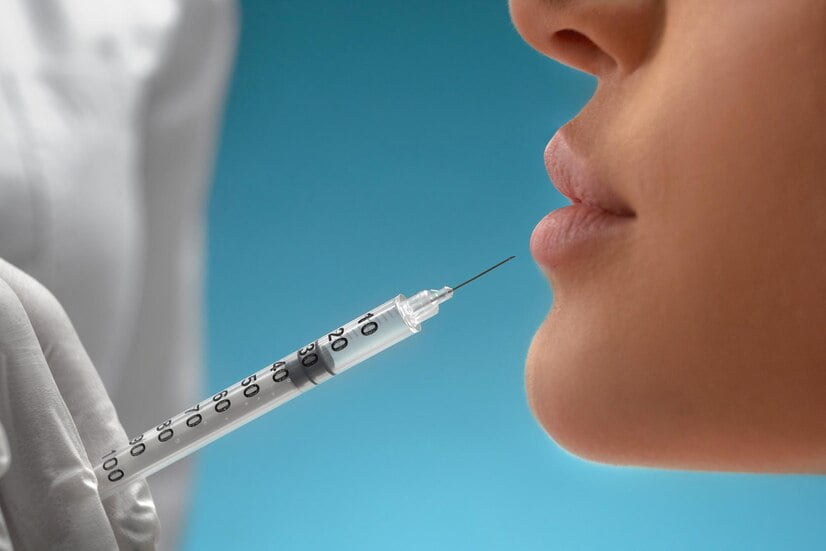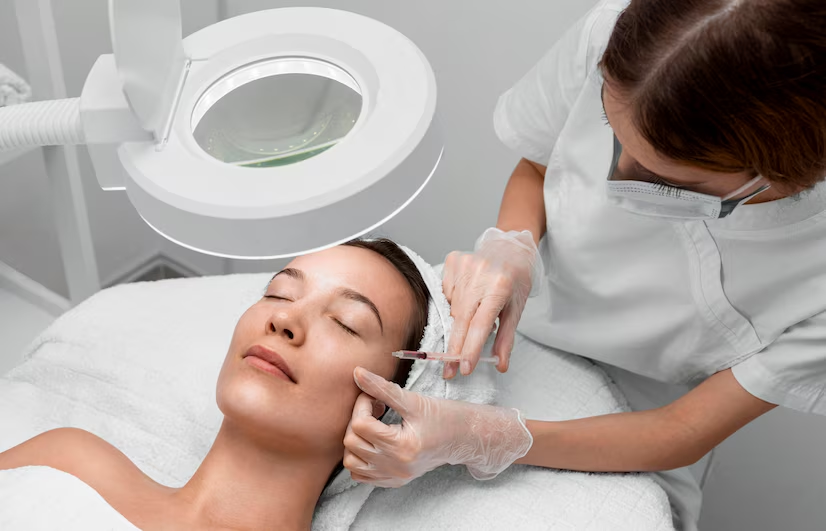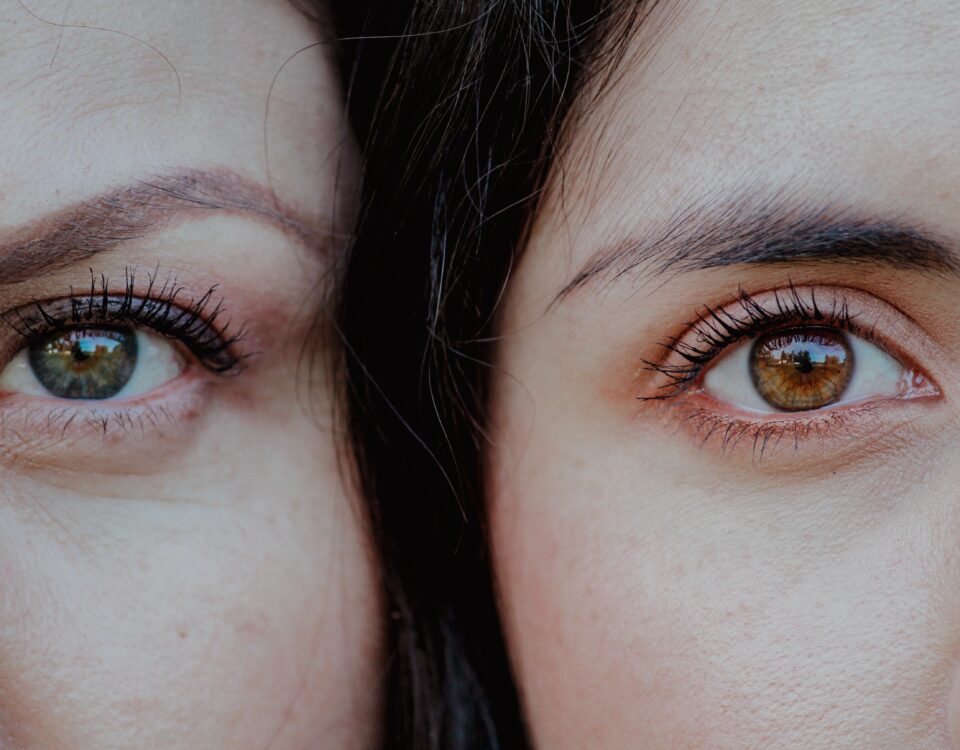3 WAYS TO ACHIEVE A YOUTHFUL LOOK

THE TOP 3 FACIAL SURGERY TRENDS OF 2017
July 12, 2017
WHO’S THAT GIRL?
July 14, 2017Skin aging is a natural process that presents itself relatively early in life, sometimes as early as the late 20s. Unfortunately, no matter how well we take care of our skin facial aging is inevitable. As we grow older our bodies produce less of the natural substances that keep our skin firm and well hydrated. Furthermore, years of exposure to the sun, pollution and the stress of daily living affects our appearance which explains why facial lines and wrinkles appear.
Facial rejuvenation treatments can not necessarily stop the clock and the ongoing aging process but they can achieve a more youthful and refreshed appearance that you once had. With recent NICE figures showing non-surgical facelifts are set to be the top treatment for 2017 with a 91% increase from last year, it seems the ‘less is more’ look is rising in popularity. Daniel Ezra, facial plastic surgeon at world renowned Moorfields Hospital lists 3 top facial treatments to beat the wrinkles:
1. Mid-face lift
What is it?
The mid-face area refers to the part of the face below the eyelids and around the cheekbones down to the upper lip. By lifting the soft tissue in this region, the face regains a youthful, healthy appearance. If you feel that your cheeks are less prominent or you are unhappy with the “smile lines” that are created by your cheeks, then a cosmetic midface lift may be right for you.
What are the benefits?
The procedure is very effective at restoring youthful volume to the cheeks and creating harmony between the lower eyelid and the rest of the face. It also reduces wrinkles in the lower eye and in the mouth region leaving a fresher, revitalised appearance.
Pain Factor?
This procedure is more focused and less invasive than a standard face lift or deep plane face lift, so mid-face lift patients experience quicker results with less bruising and swelling. Any discomfort is well controlled with medications, which would be prescribed by your doctor.
2. Tear through
What is it?
The tear trough area, or 'under eye hollow' is a very common site for treatment as it creates a tired and exhausted look. Tear trough rejuvenation is a specialised non-surgical aesthetic treatment performed using a hyaluronic acid injectable gel with built-in Lidocaine. This replaces lost volume and at the same time retains skin hydration.
What are the Benefits?
When used appropriately, tear trough injectable fillers can be a very effective treatment for facial rejuvenation. This involves the placement of very precise injections of a gel-like material to soften lines and deep wrinkles. The other important use for these injections is to provide fullness to parts of the face such as the cheeks and lips.
Pain factor?
You may think that this area under the eye would be very sensitive and painful. However, the patients I have treated suggest that the discomfort is minimal. Topical anaesthetic can be applied prior to the procedure if required.
3. Vampire face -lift
What is it?
The "Vampire Facelift" is a procedure that involves withdrawing a patient's blood, processing it to isolate the platelet-rich plasma (PRP), then re-injecting it to rejuvenate the appearance of facial tissue and create a more youthful look.
What are the benefits?
One great benefit of PRP is that it is a safe and minimally-invasive procedure as the treatment only uses your own blood, so no foreign materials will be injected into your face. Also, the vampire facelift is a lot less expensive than other, similar types of skin tightening procedures. There are no known side effects, and your body easily accommodates the filler because it’s made from your own blood.
pain factor?
It is a needle therapy, so there may be a little bruising or pain on the first day. The initial redness will subside on the second day, and some patients then notice some swelling and a sandpaper texture to the skin the day after treatment. By the third day, the swelling should diminish.




